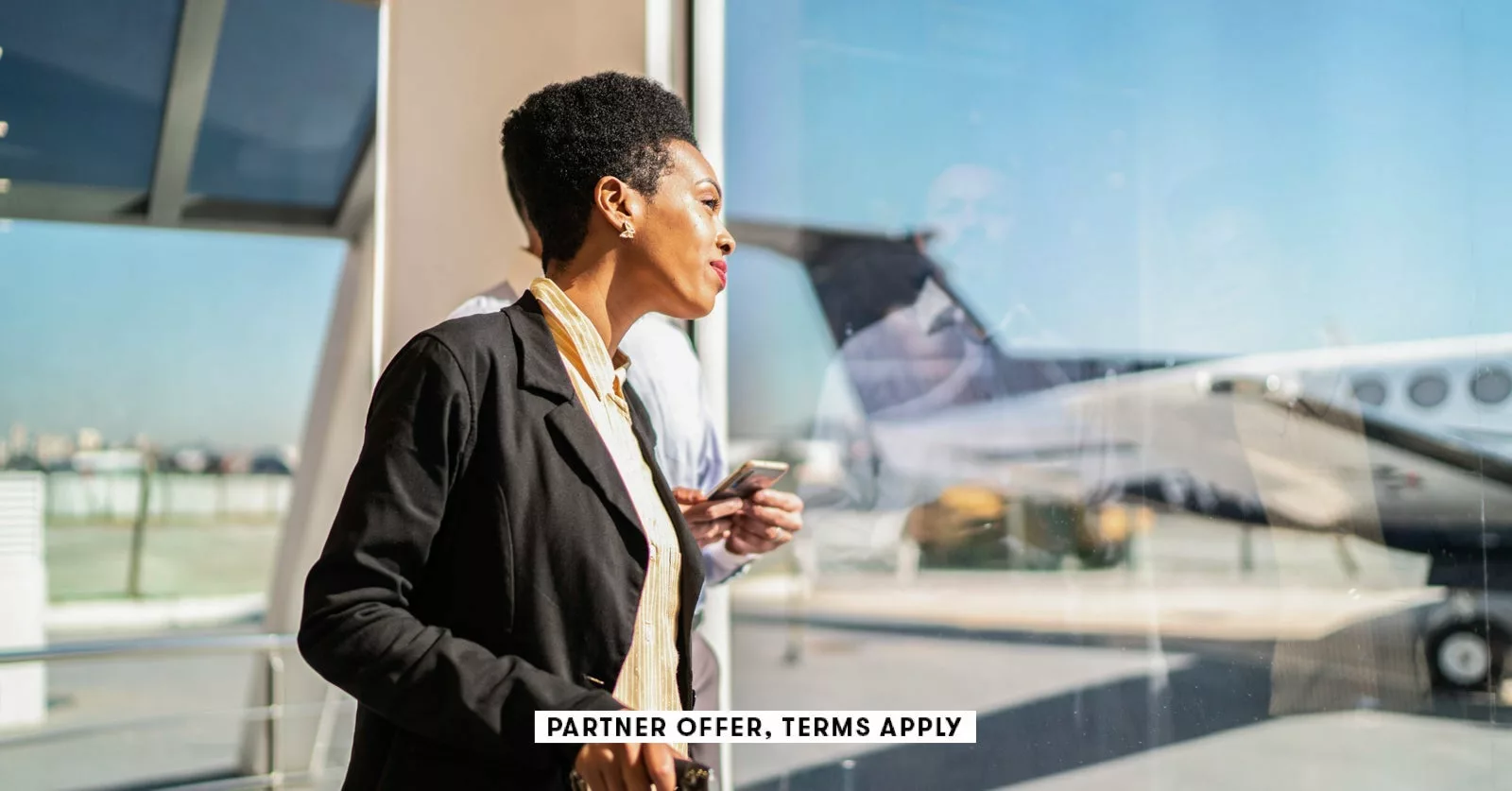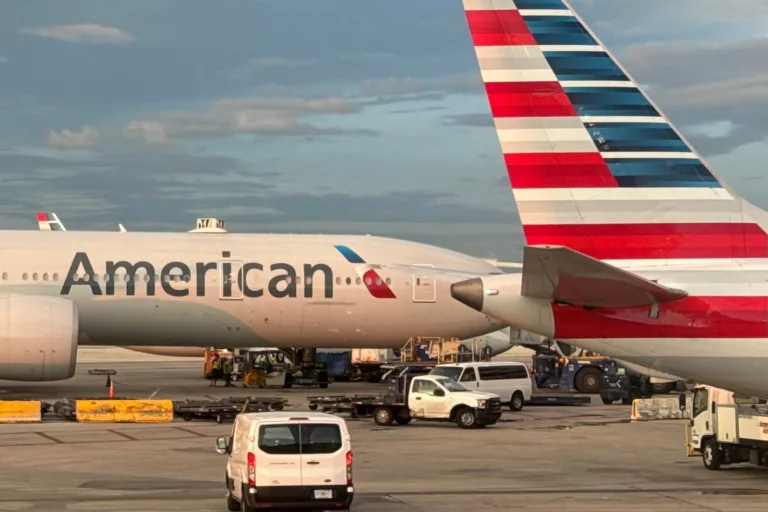5 Key Considerations Before Upgrading Your Flight Seat
Flying business class is often seen as the ultimate travel luxury, but for many, the financial implications can be daunting. As someone who frequently travels internationally, I often face the choice of upgrading from economy to business class, whether through cash or airline miles. This decision can feel overwhelming, but I’ve developed a straightforward approach to help guide my choices.
When contemplating a business-class upgrade, one of the most significant factors for me is the comfort of lie-flat seating. However, price is not the only consideration. Here are five crucial factors I evaluate before hitting the “buy upgrade” button.
1. Flight Duration
The first question I ask myself is: How long is the flight? For journeys under seven hours, I typically refrain from upgrading unless an exceptional deal presents itself. As someone who stands at 6 feet 4 inches, I can usually find comfort in an extra-legroom seat. However, for flights exceeding seven hours, I become more open to the idea of upgrading.
For instance, my frequent trips to Europe from the East Coast usually last under eight hours. When you factor in takeoff, taxiing, and landing, I often find myself with only four to five hours of potential sleep, which doesn’t warrant the expense of an upgrade. In contrast, flights from the West Coast to Europe can stretch up to 13 hours, making an upgrade much more appealing.
A recent example that justified my decision to upgrade was a nearly 16-hour overnight flight from Newark to Johannesburg. The cost of 84,700 United MileagePlus miles for a business-class seat was well worth the investment for such a long journey.
2. Departure Time
The time of day a flight departs also influences my upgrade decision. Many international flights are now scheduled during the day, which can limit sleep opportunities. I often find myself working on these daytime flights, so I prefer to remain in economy and utilize my laptop instead of paying for an upgrade I won’t fully enjoy.
Conversely, if I’m on a longer red-eye flight that arrives in the morning, I’m much more likely to consider upgrading. The ability to get quality sleep before landing can significantly enhance my travel experience.
3. Quality of Business-Class Seats
Not all business-class seats are created equal. Major airlines like American Airlines, Delta Air Lines, and United Airlines offer various business-class products, each with different seat configurations and amenities. I’ve flown in United’s Polaris business class several times, and the experience has varied greatly depending on the aircraft and onboard service.
For example, I prefer the business class on the Boeing 777 over the Boeing 787 Dreamliner or 767 because the seats tend to be roomier. Additionally, the type of aircraft matters; lie-flat seats on narrow-body jets often feel more cramped than those on wide-body jets.
Another consideration is whether the seats offer direct aisle access. If I have to disturb a fellow passenger to get out of my seat, it makes upgrading less appealing. To aid in my decision-making, I utilize tools like AeroLopa, which provides detailed seat maps and descriptions for various airlines and aircraft types.
4. Flight Occupancy
Before deciding to upgrade, I closely monitor the flight’s occupancy. If I notice that I have an open seat next to me or, even better, an entire row to myself, I’m content to stay in economy. However, if the flight is fully booked and the upgrade price is reasonable, I’m more inclined to take the opportunity.
For example, on a flight from Dublin to Las Vegas, I debated upgrading for $400 on a long daytime journey. Ultimately, I decided to stay in economy since I had a four-seat row to myself, allowing me to work comfortably and even catch a few hours of sleep.
5. Purpose of the Trip
Finally, I consider the purpose of my trip. Is it for work or leisure? If I’m traveling for business, I’m often more inclined to upgrade to ensure I arrive refreshed and ready for meetings. In such cases, the upgrade can be seen as an investment in my productivity.
On the other hand, if I’m traveling for leisure, I typically skip the upgrade and allocate those funds or miles toward experiences at my destination—unless, of course, there’s an irresistible offer. If the trip is a mix of both, I weigh the importance of rest during the flight against the value of saving that money for excursions.
In conclusion, the decision to upgrade your flight seat involves much more than just the price tag. By considering these five factors—flight duration, departure time, seat quality, flight occupancy, and trip purpose—you can make a more informed choice that aligns with your travel needs and preferences. Whether you choose to splurge on an upgrade or save your money for adventures at your destination, being thoughtful about your decision will enhance your overall travel experience.







